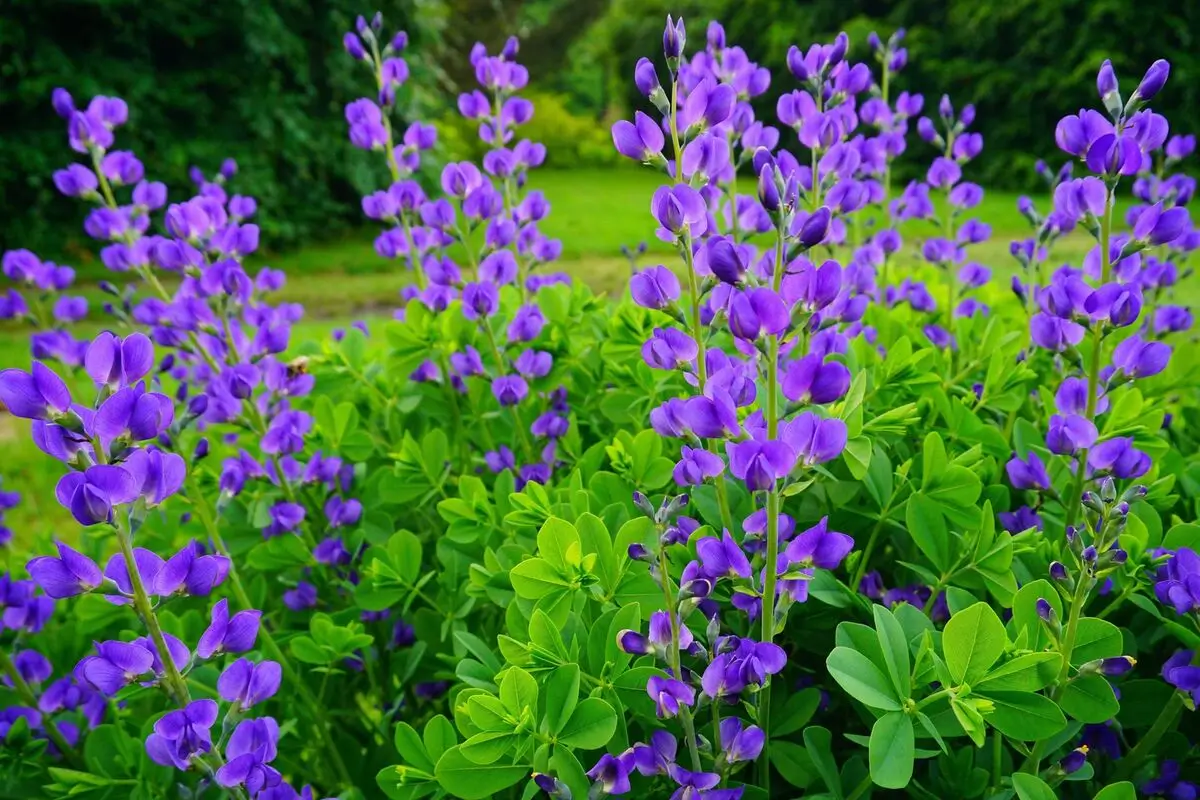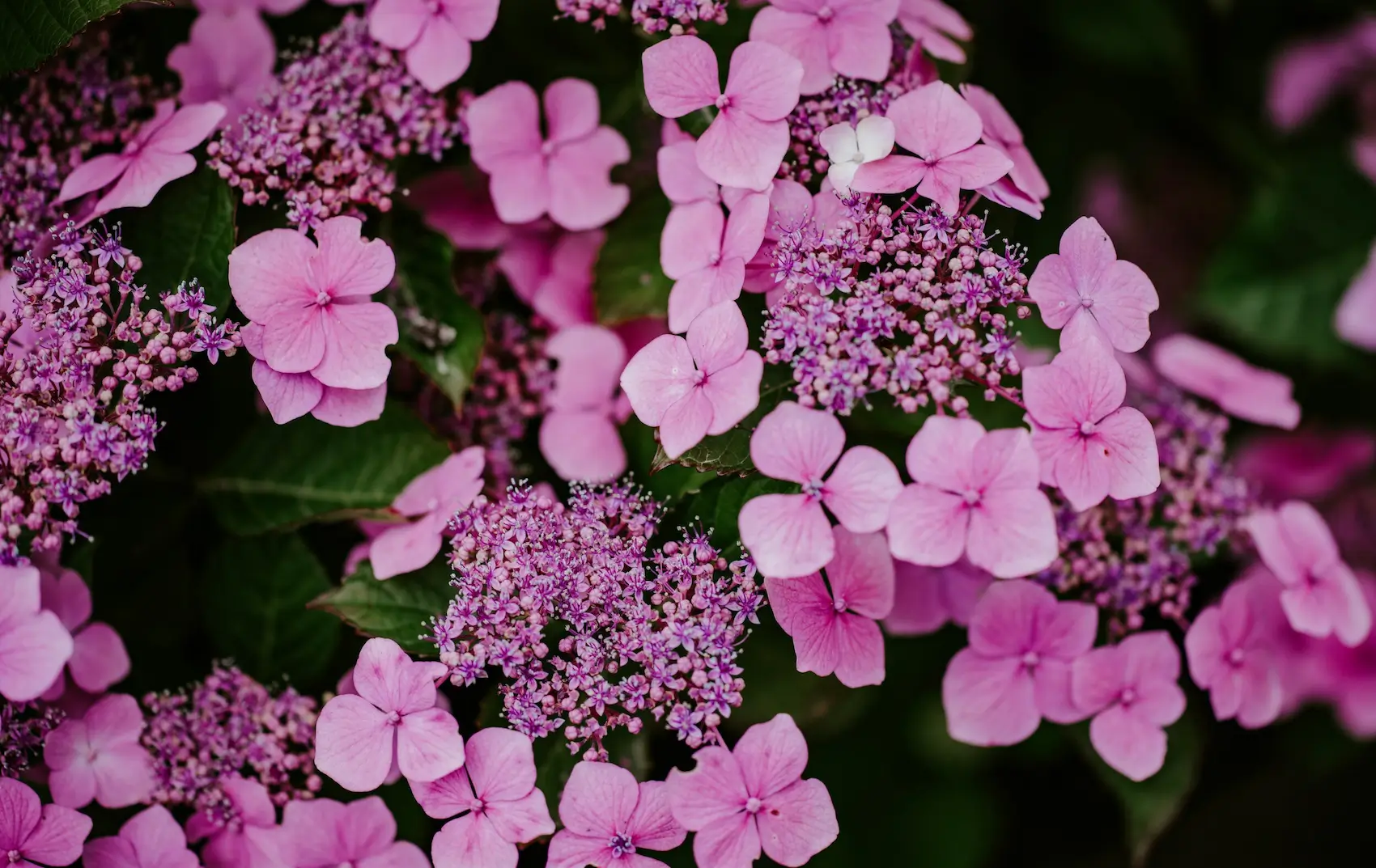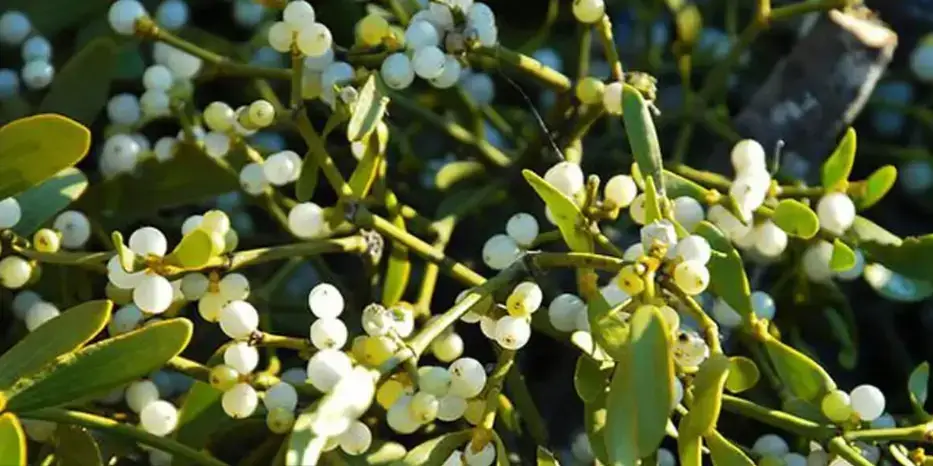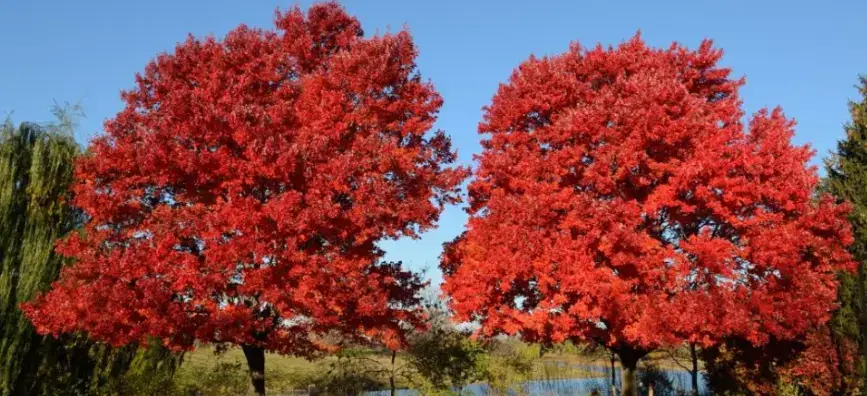
Soil Health & Fertilization
We unite suppliers and green industry professionals worldwide
Need a show-stopper of a low-maintenance, drought-tolerant perennial that is as beautiful as it is friendly to pollinators? Welcoming False Indigo (Baptisia spp.) — an all-star native wildflower that’s as hardy as it is beautiful.
By Victor Miller
|Published on June 15, 2025


Need a show-stopper of a low-maintenance, drought-tolerant perennial that is as beautiful as it is friendly to pollinators? Welcoming False Indigo (Baptisia spp.) — an all-star native wildflower that’s as hardy as it is beautiful. Drought-tolerant and thriving in poor soils, False Indigo has spikes of pea-like blooms in shades of blue, purple, white and yellow that only become more striking each season.
Hooray for this long-lived plant, which is deer-resistant, low-maintenance and great in naturalized landscapes (and is often confused with lupines). Once established, False Indigo develops into a lush shrub-like plant that offers structure and beauty to the landscape even once its flowers fade. In short, if you want a plant that looks good, aids wildlife, and takes care of itself, False Indigo is a must in your garden!
| Scientific Name | Baptisia spp. |
| Common Name | False Indigo, Wild Indigo |
| Type | Perennial |
| Mature Size | 3 to 4 feet tall, 3 to 4 feet wide |
| Light Needs | Full sun |
| Soil Type | Draining, Sandy or Loamy soil |
| Water Requirements | Upon establishment drought tolerant |
| Hardiness Zones | 3-9 |
| Flowers | Pea-shaped in blue, purple, yellow or white |
| Foliage | Blue-green leaves, turning black in fall |
| Rate of growth | Slow to get established but very long-lived |

September 25, 2025
9 minute read
September 24, 2025
9 minute read
September 23, 2025
10 minute read
September 22, 2025
9 minute read


Join as a seller and connect with thousands of B2B buyers nationwide!
Sign Up

Lacecap Hydrangea
Would you ever imagine a plant that can change its flower color depending on the soil? Lacecap Hydrangea (Hydrangea macrophylla var. normalis) does exactly that.

Oak Mistletoe
Oak Mistletoe (Phoradendron leucarpum) is a semi-parasitic plant known as much for its role in nature as it is for its place in holiday traditions. It’s admired for its evergreen foliage but misunderstood because of its unusual growing habits.

Oakleaf Hydrangea
Oakleaf Hydrangea (Hydrangea quercifolia) is a genuine multi-season miracle. This shrub offers something special every season — from creamy white flower cones in summer to crimson foliage in autumn and exfoliating bark that adds texture to winter gardens.

October Glory Maple
Famed for its dazzling late-season color, this popular red maple cultivar puts on a dazzling show when most trees have already shed their leaves. It’s a fabulous shade tree no matter the season.
False Indigo is a low-maintenance plant that does well in poor soil and is resistant to drought and pests. If you want a plant that improves with age, look no further than False Indigo.
Full Sun Requirements – False Indigo flourishes in full sun and requires a minimum of 6–8 hours of direct sunlight per day. It is tolerant of partial shade, but too much shade may result in weaker stems and fewer flowers. Make sure to give the plant its best chance of life by planting it in a sunny —as in open and bright for most of the day — spot, where it will produce the most vibrant blooms.
It prefers well-draining, sandy, or loamy soil. Unlike most flowering perennials, it doesn’t want rich, fertile soil — in fact, it prefers soil that’s lean and well-aerated. Root rot can form in heavy clay, so if your soil retains too much moisture, break it up further with grit, sand or compost to improve drainage.
Once established, False Indigo is extremely drought-tolerant and rarely requires supplemental water. Water thoroughly but less often — roughly every week during dry parenting. Overwatering will create weak stems and root rot, so ensure that the soil dries up between watering. If you’re growing in a pot, you should check moisture more regularly, as potted plants dry out more quickly than those in the ground.
False Indigo needs very little pruning, but some occasional maintenance will help keep it attractive.
Because False Indigo has a deep root system, it does not require frequent pruning and naturally retains a lovely shape without a lot of intervention.
False Indigo can be propagated from seeds or by root division, but it requires patience—this slow-growing plant takes several years to reach full size.
Growing from Seeds
Dividing Established Plants
False Indigo will develop deep, woody roots, which makes division difficult. However, if necessary:
Because False Indigo does not readily transplant, the best option is often to grow new plants from seed instead of attempting to divide existing mature specimens.
False Indigo can be grown in large containers, but needs a deep, wide pot due to its very deep taproot. Use a well-draining soil mix and choose a container with at least 18 inches of depth.
As the plant grows larger now and a pot may no longer be suitable, it is advisable to transplant it into the ground as it matures after a few years.
False Indigo is hardy down to USDA zone 3, making it winter-tough in most regions. To prepare your plant for winter:
Being a perennial, False Indigo will come back year after year with minimal extra maintenance.
False Indigo blooms in early to mid-summer with tall spikes of bright, pea-like blossoms. Flowers are carried for several weeks, offering early-season nectar to bees, butterflies and hummingbirds.
After flowering, the plant produces dark, rattling seed pods that last into fall and winter, providing textural variety in the garden. These seed pods are commonly used in dried floral arrangements, and can remain on the plant for months.
To prolong the flowering period:
False Indigo is typically free of pests and diseases, but may occasionally encounter:
False Indigo is mainly trouble-free in most gardens, owing to its inherent resistance to deer and rabbits.
False Indigo makes an excellent addition to any garden with its hardy disposition, stunning blooms, and wildlife friendly nature. You may grow it for its beautiful flowers, pollinator benefits, or hardy drought-resistant nature, and this perennial will reward you year after year with easy-going charm!
Yes, False Indigo does contain alkaloids that can have toxic effects if ingested, so make sure it’s inaccessible to pets or livestock.
False Indigo is a long-lived perennial; if planted, it can continue happily for many years with little care.
No, False Indigo regrows in poor nutrients soil, and doesn't need fertilizing

Soil Health & Fertilization
Victor Miller

Pest Identification & Prevention
Victor Miller

Lawn Care Tips & Maintenance
Victor Miller

Soil Health & Fertilization
Victor Miller

Smart Irrigation Systems
Victor Miller

Patios, Walkways & Driveways
Victor Miller

Soil Health & Fertilization
Victor Miller

Pest Identification & Prevention
Victor Miller
My Account
Our team is always here to help.
We are open Monday - Friday, 9:00 AM to 4:30 PM PST.